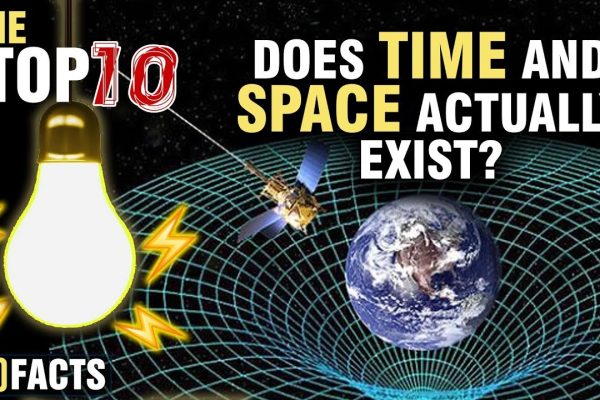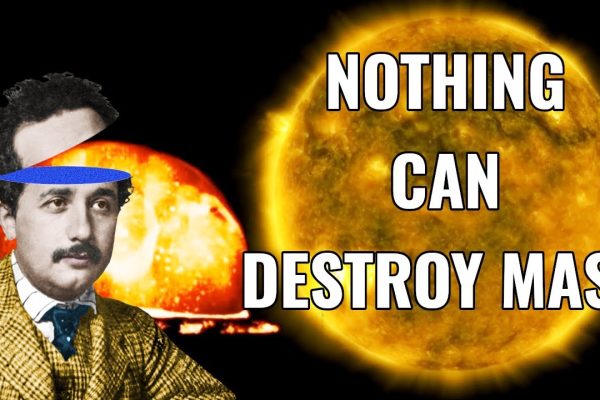
The Afshar Experiment: The Mystery That Challenges Reality 🔬🌌
Quantum physics has never been short of mind-bending puzzles, but few are as intriguing—or as controversial—as the Afshar Experiment. Designed by physicist Shahriar Afshar, this groundbreaking study appears to defy one of quantum mechanics’ most sacred principles: the complementarity principle established by Niels Bohr. It suggests that we might be able to observe both wave and particle behavior…





